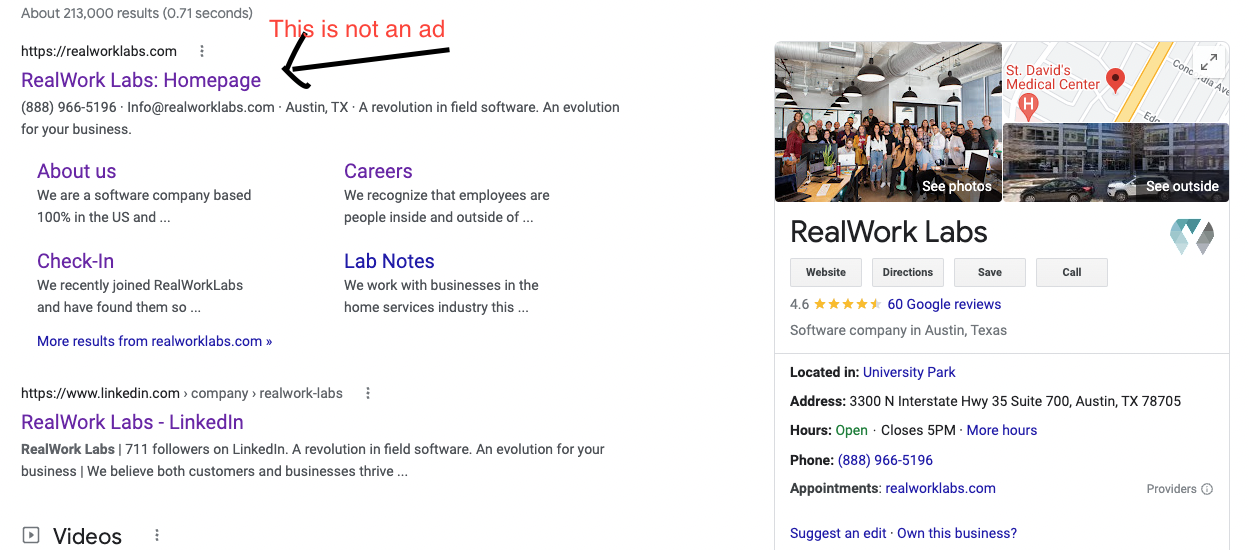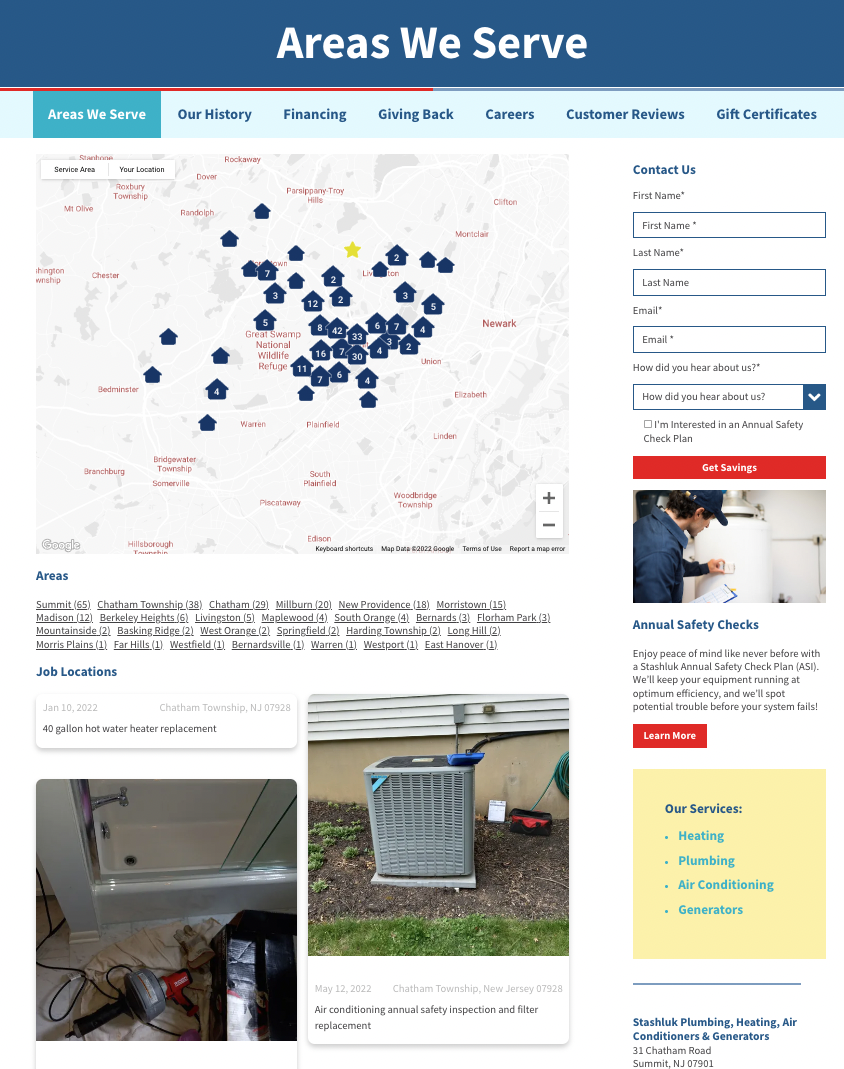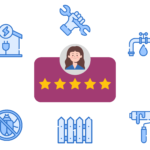Now, we’re going to get into the next part of this Google SEO update. But first, a quick look back and part 1…
Google made an update to the way it collects data and content. And, no longer can you trick the algorithm into thinking you’re something you’re not – you’re just going to have to be authentic and real.
Ok! Now that we’re caught up, let’s dive into these website issues that drive me crazy!
Imagine: someone is looking you up by name because they heard about you from a neighbor or found you online and the first impression even before your website is…well, probably abysmal given you’re still reading this post.
At a certain point, if folks see enough good reviews from enough places, they could believe you’re a good company, but they can’t be certain because you can just buy reviews online now, and we all know it.
So when you think about it, star ratings are actually meant for restaurants, which is fine if I’m dropping, say, 100 bucks, but it’s nowhere near enough proof or trust when I’m spending thousands of dollars – dollars you can’t get back and work you can’t fix without more money.
So if Google reviews were enough to close deals, you wouldn’t need to pay for a website at all, and based on our Google reviews you’d have already signed up without seeing a demo, but hey, here we are.

“We typically announce ranking updates that will be noticeable, or we expect to be particularly felt by publishers. This is a meaningful ranking update to Search, and we’ll continue this work with more updates in this vein in the months ahead. Users should expect to see the helpfulness of search results evolve and improve over time.
“This update aggregates a variety of signals about the page and site to determine the ranking of a page, but you can primarily describe the content as helpful, and designed to help or inform people rather than rank well on search engines.”
Danny Sullivan – public liason for search – Google
So you have to pay for a website like my company has to pay me, which, costs time and money to build. So let’s download on your website:
- First off, are you in love with your website?
- Is it a good-looking website?
- Does it have visual elements?
- Is it heavy on the text?
Truthfully, it’s not about what you or I think it’s what customers need. Imagine yourself as a potential customer…
- you don’t know this company,
- you aren’t sure you can trust them yet, or
- if you even service their area.
All they have is what they saw on Google reviews.
What are the first questions you’d be thinking on this page when you’re looking for say, a roofer?
- Do you service my area?
- Has someone I know used your service?
- Can I trust you or how are you different?
What parts of your website right now are meant to answer those questions to build trust and get them to call you? Do you personally go through and read all the content, or would you be more concerned with whether it’s clear and to the point?
The amount of webpage space dedicated to tricking Google on most websites – versus what customers actually care about – is staggering. An informal survey done by RealWork Labs shows that a 2:1 ratio of website content is in fact SEO-first. And, all this SEO-first content that the Google article is talking about, frankly no one probably ever reads. It’s just not really answering those questions or driving value to the person searching.
Here’s an exercise for you: Take a look at your website and add up the space you think is helpful to the customer to understand what you do. Then, look at repetitive phrases or words on that same page. If it’s not helpful, new information for the customer then you could be in trouble.
Based on the updates, our platform assists you in building trust with Google and with customers, resulting in a better placement from the work you already do, and less anxiety for you because you are in control.
If you were a person bouncing between companies and saw your website and this website, what is the major difference between them in who you call?

And the answer is there really isn’t one, which is what causes doubt and leads to bidding and estimates that cost you time and money, charging less for that job than if they already knew and trusted you.
What does the future of the internet look like for you and how will you stand out from your competitors?
Let us help you. Contact us today and let our team help put you on the map – Google map.





